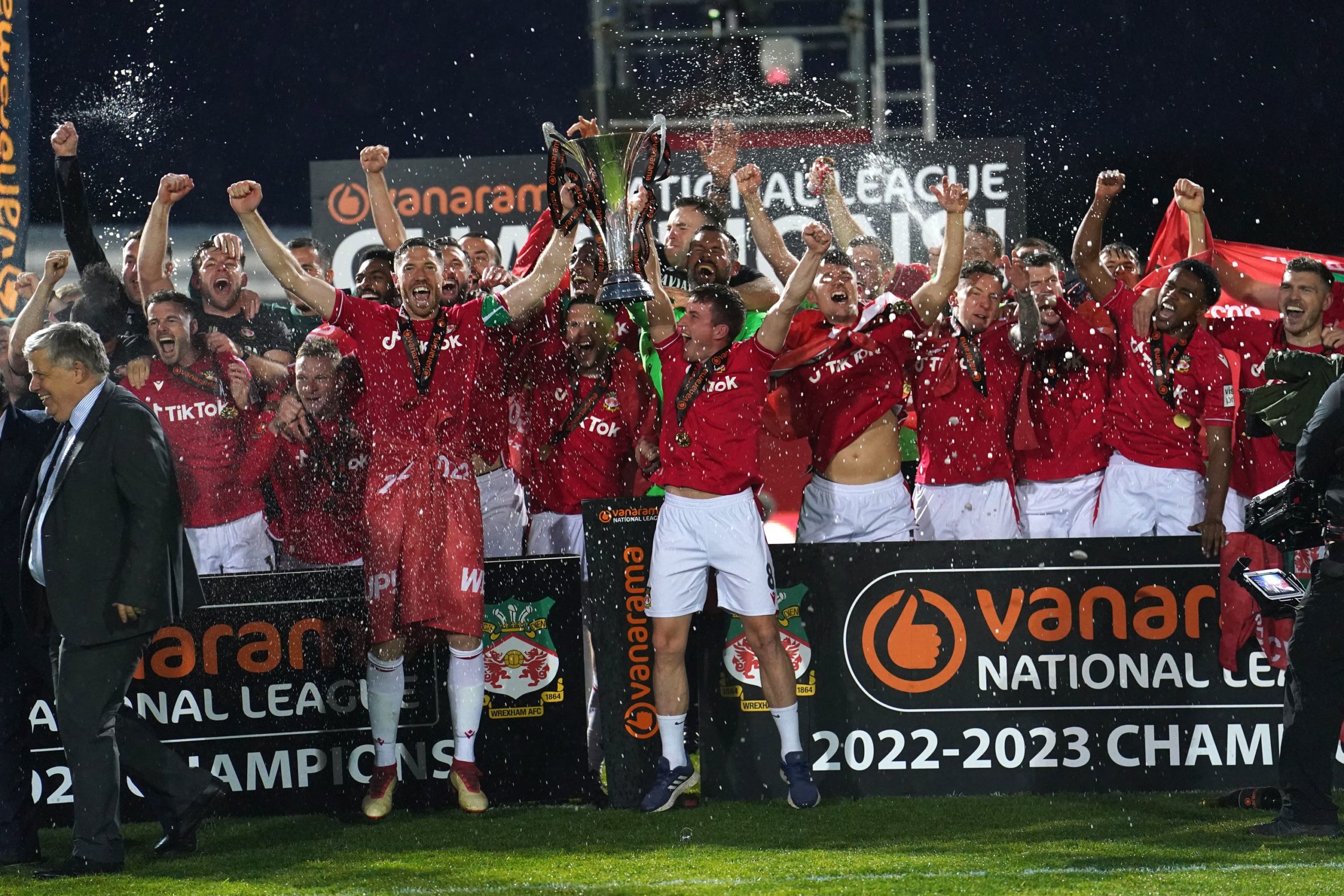
Football sponsorships have gone through some significant changes in recent years, breaking their mold.
In today’s football landscape, the focus has shifted towards football sponsorships that enhance the fan experience through innovative or interactive elements.
As a result, football sponsorship fan engagement has reached new highs and is seemingly only increasing.
Here, we will explore how this shift in sponsorship style has affected the sport and how these changes impact fans and their viewing experience.
The changing face of football sponsorships
Traditionally, football sponsors were identifiable by static advertisements such as logos on jerseys or on stadium banners.
These methods do work and provide brand exposure, but have historically offered limited fan interaction.
Because of this, they lacked the potential of modern sponsors that realized the untapped market.
By far the most popular of these have been online casino sponsors, which introduced interactive promotions and exclusive offers that directly resonated with fans.
These promotions usually entail no deposit bonuses that fans can use to get free perks.
They have enhanced the experience and also sparked discourse with fans debating on popular sites like casinohawks.com.
Harnessing technology to boost engagement
Technology plays a pivotal role in all modern sponsorships, and the same applies to football and the fan experience.
The digital fan engagement in football is a very prominent part of the fandom. Through tools such as mobile apps, social media interactions, and virtual events, sponsors directly engage with fans.
Each has its own role and portrays one of the many sports sponsorship strategies that boost fan interactions.
Succeeding in the goal to create deeper engagement and foster dialogue between fans, clubs, and sponsors.
Just in recent years, multiple clubs have experimented and effectively utilized technology to enhance sponsor visibility.
For example, Manchester City launched an AR match-day app that allows fans to explore player statistics and sponsored content mid-game.
This proved to be a worthwhile trend and even found its way into LaLiga in the form of virtual perimeter ads.
These versatile ads are perfectly tailored to different regional markets because they allow sponsors to dynamically regionalize advertisements.
There are many other innovations similar to this in the space, and they are slowly turning the tide from passive sponsorships to more active and immersive experiences.
Personalization: Connecting sponsors and fans
Personalized content is quickly becoming the new trend for sponsorship strategies.
By leveraging data analytics and fan insights, sponsors use this data to enhance the impact of sponsorship on fans.
This has resulted in many unique and tailored experiences that fans adore:
- Personalized messages – Sponsors send customized messages based on fan preferences.
- Exclusive offers – Sponsors send tailored promotions and discounts to fans, awarding their loyalty.
- Targeted events – Sponsors send invitations to exclusive events that align with individual fan interests, such as invites to exclusive gatherings.
All of these strategies have proven to improve fan engagement and relations with clubs and sponsors.
This improved brand affinity is the key to the success of all football brand partnerships.
Nearly all levels of the sport have adopted personalization as a core part of their advertising strategies, from teams directly targeting fans to stadiums prioritizing local and recurring audiences.
Each step towards better personalization creates a more inclusive and welcoming stage for newcomers and returning fans.
Building community through sponsorships
One of the best football marketing innovations has been the larger focus on communities.
Modern sponsors understand the value of community-driven initiatives within the sport.
Because of this, they work on partnering with clubs that support local communities through various projects.
As they do this, they can fund these actions and strengthen the bond between fans, clubs, and brands.
Additionally, some teams, alongside their sponsor, pledge portions of their ticket sales to the community and environmental projects.
These projects are adored by fans as they foster growth outside of the team in local communities, building deeper connections.
Evaluating sponsorship success: Metrics and insights
Determining the effectiveness of sponsorship strategies is integral for driving sponsorship activation in sports. Some of the key performance indicators for all sponsorships are:
- Social media engagement metrics – Likes, shares, comments, and overall reach are used to assess online interaction levels.
- Event participation rates – Attendance and involvement showcase whether sponsored events interest fans.
- Fan sentiment analysis – By analyzing feedback and fan opinions, sponsors can better understand the fan perception.
- Return on investment – The largest determining factor in the success of a sponsorship is evaluating its financial effectiveness.
Clubs and brands utilize these various metrics to gauge the fan engagement trends in football and how their strategies fare.
They are important as they ensure strategies remain effective and are in line with fan expectations.
Challenges and considerations for modern sponsorships
Despite the many benefits and opportunities of modern sponsorships, they do have some challenges.
One of the primary issues they face is authenticity; it can be difficult to align with the club’s values and genuinely resonate with the fanbase.
This is also paired with meeting fan expectations and ensuring sponsors stay within their limits.
Additionally, it is important that sponsors don’t overcomplicate things and overwhelm fans.
These intricate details are very sensitive, so clubs and sponsors must carefully plan and execute sponsorship strategies.
If done effectively, supporters won’t be alienated and will accept the sponsor and their product.
The future of fan engagement through sponsorships
The future looks promising as these new-age sponsorships have proven their worth.
Upcoming trends are set to shape the future of football sponsorships even further.
By introducing new immersive experiences, AI technology, and more community integration, sponsors aim to deliver new personalized fan experiences.
Each of these advanced technologies would enable completely new experiences that would enhance engagement.
Overall, this will mark a turning point for fans of football, as a new and richer future awaits.









